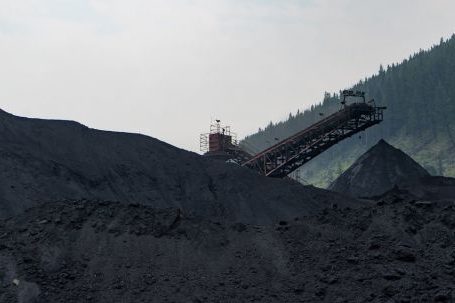In today’s rapidly changing world, the need for sustainable agriculture practices has become more important than ever. As the global population continues to grow, the demand for food increases, putting pressure on our natural resources and ecosystems. To ensure the long-term viability of agriculture, it is crucial to understand and work in harmony with terrestrial ecosystems. These ecosystems, which include forests, grasslands, and wetlands, play a vital role in providing essential services that are necessary for sustainable agriculture.
Enhancing Biodiversity for Resilience
One of the main benefits of terrestrial ecosystems in sustainable agriculture is their ability to enhance biodiversity. Biodiversity refers to the variety of plant and animal species present in an ecosystem. A diverse ecosystem is more resilient to disturbances such as pests, diseases, and extreme weather events. By preserving and promoting biodiversity, farmers can reduce their reliance on chemical pesticides and fertilizers, leading to healthier, more sustainable agricultural practices.
Promoting Soil Health and Nutrient Cycling
Another important aspect of terrestrial ecosystems is their role in promoting soil health and nutrient cycling. Healthy soils are essential for productive and sustainable agriculture. Terrestrial ecosystems help maintain soil fertility by cycling nutrients through the decomposition of organic matter, such as fallen leaves and dead animals. This process releases essential nutrients back into the soil, making them available for plants to uptake. By mimicking natural processes and incorporating organic matter into agricultural practices, farmers can improve soil structure and fertility, reducing the need for synthetic fertilizers.
Water Regulation and Conservation
Terrestrial ecosystems also play a crucial role in regulating water availability and quality. Forests, for example, act as natural water filters, purifying water as it passes through the soil and vegetation. They also help regulate water flow, reducing the risk of floods and droughts. By preserving and restoring forests and other types of terrestrial ecosystems, farmers can ensure a steady supply of clean water for irrigation, reducing the dependency on unsustainable water extraction practices.
Climate Change Mitigation
Climate change is one of the most significant challenges facing agriculture today. Terrestrial ecosystems can play a vital role in mitigating climate change by sequestering carbon dioxide from the atmosphere. Forests, in particular, are excellent carbon sinks, absorbing and storing large amounts of carbon. By protecting existing forests and implementing afforestation and reforestation efforts, agriculture can contribute to reducing greenhouse gas emissions and mitigating the impacts of climate change.
The Importance of Sustainable Farming Practices
While terrestrial ecosystems provide essential services for sustainable agriculture, it is equally important for farmers to adopt sustainable farming practices. Practices such as agroforestry, organic farming, and integrated pest management can help minimize the negative impacts of agriculture on ecosystems and promote long-term sustainability. These practices focus on enhancing biodiversity, conserving water and soil, and reducing the use of synthetic inputs.
In conclusion, terrestrial ecosystems are the key to sustainable agriculture. By understanding and working in harmony with these ecosystems, farmers can enhance biodiversity, promote soil health and nutrient cycling, regulate water availability, mitigate climate change, and ensure long-term food security. However, the responsibility does not solely rest on the shoulders of farmers. Consumers, policymakers, and the wider society also have a role to play in supporting sustainable agriculture practices and protecting terrestrial ecosystems. Together, we can build a more sustainable and resilient agricultural system that nourishes both people and the planet.





